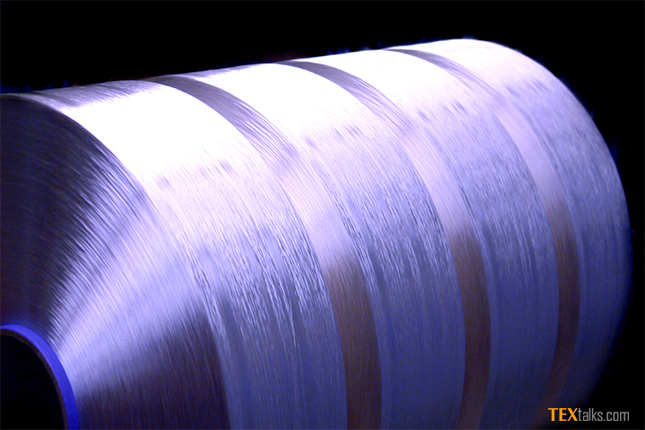CIRFS is a European Man‐made Fibres Association that is based on Brussels. The association represents the European man‐made fibres industry. The association recently published reports on the development in world man-made fiber industry.
The report is published with the title of “Information on Man‐made Fibres” and gathers data on Production of acrylic, cellulosic, polyamide, polyester, polypropylene, wool and cotton, in the world as a whole and in all the countries for which data exists; Consumption and uses; World trade in man‐made fibres, yarns and fabrics.
CIRFS Director‐General Frédéric VAN HOUTE comments that “This CIRFS report shows continued and solid growth of the world’s man‐made fibres industry while cotton and wool shares stagnate. It confirms the strength of global production of man‐made fibres, and their dominant share in world demand for fibres. In 2016, MMF represented 75% of all textile fibres produced worldwide, this percentage going up to 81% in Europe.”
“During the last 10 years, man‐made fibres production grew by around 5% annually while cotton decreased by 1.6% and wool by 1.2%. This shows the uninterrupted success of man‐made fibres. Europe is the world’s largest exporter of acrylic and cellulosic fibres, and the biggest producer of ultra‐high strength fibres and of polypropylene fibres. It is one of the global leaders in man‐made fibres innovation and quality. Its output is used in a huge variety of applications, including not only fashion, but also home textiles and a rising number of different technical uses. The European man‐made fibres industry is the largest supplier of raw materials to the European textile industry.”
Further it was said that the “Europe is the worldwide leader in sustainable production of man‐made fibres, using clean energy sources, with many raw materials based on renewable or recycled resources. Man‐made fibres do have a low carbon footprint. They are light, durable, and their production requires little land and water compared with alternative products. They are extensively used in many environmental protection applications and projects, such as filtration, erosion prevention and protection of crops from climatic conditions.”



